By Terry Sovil from the June 2010 Edition
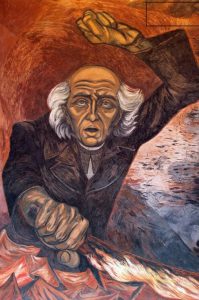
Father Miguel Hidalgo y Costilla (1806-1872)
The Hidalgo I know is a movie starring Viggo Mortensen about a fantastic true story of a pony express rider that takes his horse to Arabia for a race. The name is a very popular street name. Mexico City alone has roughly 624 streets named Hidalgo! Manzanillo has its own Hidalgo streets with the largest near Centro/San Peditro. This Hidalgo was a priest that was later credited with lighting the fire that eventually led to Mexican Independence.
The French Revolution and Napoleonic wars kept Spain’s attention closer to home and not on Mexico. This allowed a climate that helped dissatisfaction grow. The French removed Ferdinand VII as Spain’s ruler and put in Napoleon’s brother, Joseph. Mexican intellectuals used this to promote independence in the name of Spain’s legitimate King. At the time Mexico, New Spain, was dominated by Spanish-born rulers while Mexican-born Creoles held a 10:1 majority. Neither the intellectuals nor the existing rulers wanted to involve the masses in government or local control. The centers of the independence movement were in Querétaro, Morelia and San Miguel. Dolores was San Miguel’s closest neighbor.
Father Hidalgo was the parish priest in Dolores, Guanajuato. Prior to becoming a political activist, and ultimately a hero, he helped start local industry. He spoke local languages, worked in ceramics, carpentry, textiles, planting mulberry trees and vineyards and training farmers and craftsmen. By promoting social and economic development he gathered loyal local support for the Mexican Independence Movement.
The Literary Club of Querétaro formed for intellectual discussions but evolved to a forum for planning a revolution. Reform-minded people began to think of using lower class masses to gain control. Father Hidalgo was well-educated, liberal, questioned church policies and doctrines and was a member of this group. His primary congregation in Dolores was Indian. In the spring of 1810 he and a sympathizer, Capt. Ignacio Allende of the Spanish army, planned an uprising in December. This news was leaked to the Spanish in Querétaro. The wife of the mayor sent a warning to Father Hidalgo which forced him to action before he was ready.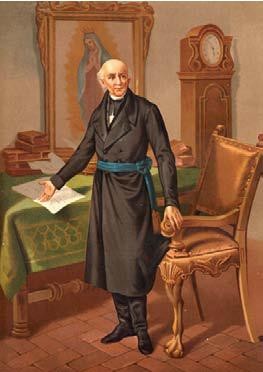
It was September 16, 1810 when Father Miguel Hidalgo y Costilla gave the “Cry for Independence” to help start the movement. At exactly midnight on September 15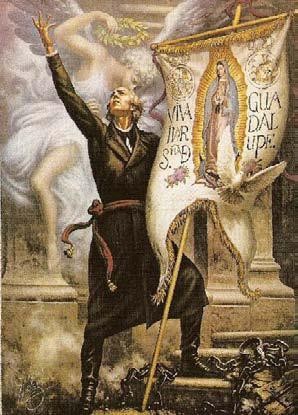 he rang the church bell and assembled local citizens. No one knows what exactly was said as part of the “Grito de Dolores” (Cry of Pain) speech. Historians cite three contemporary reports from the time that offer dissimilar accounts.
he rang the church bell and assembled local citizens. No one knows what exactly was said as part of the “Grito de Dolores” (Cry of Pain) speech. Historians cite three contemporary reports from the time that offer dissimilar accounts.
From studies it is probably safe to say that the following types of things were said: Long Live Ferdinand VII! Long Live America! Long Live Religion! Death to Bad Government! Neither the king nor tributes exist for us any longer. We have endured the Spanish tax for 3 centuries! We will assemble in a few hours. Hidalgo left with 700 farmers, citizens and slaves armed with basic tools such as pick axes and machetes.
Their first stop was in the village of Atotonilco just outside of San Miguel. There Hidalgo found a cloth picture of the Virgin of Guadalupe, patron saint of Mexico, and it became a banner for their cause. He also gathered additional support and when he left his army had grown to 5,000! They marched into San Miguel and the battle was over in minutes. The mayor saw the crowd and turned the city over to Father Hidalgo. Their first battle was won. He continued his campaign and eventually had an army of 20,000 but the tide started to turn against him.
As the independence movement suffered defeats Father Hidalgo and friends moved farther north into areas where the independence flame continued to burn. On March 21, 1811, a sometimes rebel sometimes loyalist, Ignacio Elizondo, ambushed Father Hidalgo and friends at the Wells of Baján. Hidalgo and associates were captured and subsequently executed in Chiuahua.
In 1940 Lazaro Cardenas initiated the festival “Cry for Independence” which occurs every September 15th in the atrium of the Parish Church of Dolores Hidalgo.
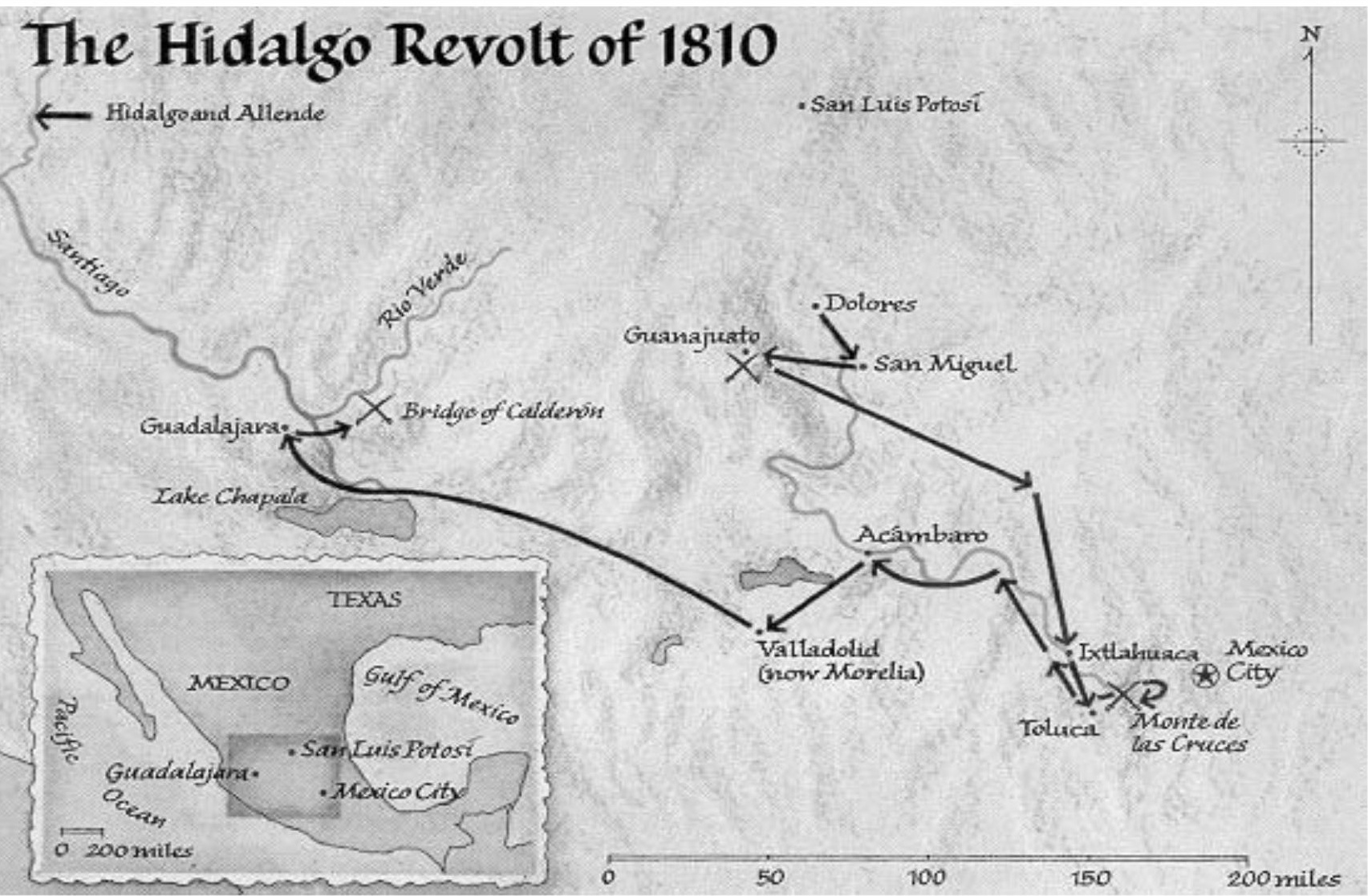
Download the full edition or view it online
—
Terry is a founding partner and scuba instructor for Aquatic Sports and Adventures (Deportes y Aventuras Acuáticas) in Manzanillo. A PADI (Professional Association of Dive Instructors) Master Instructor in his 36th year as a PADI Professional. He also holds 15 Specialty Instructor Course ratings. Terry held a US Coast Guard 50-Ton Masters (Captain’s) License. In his past corporate life, he worked in computers from 1973 to 2005 from a computer operator to a project manager for companies including GE Capital Fleet Services and Target. From 2005 to 2008, he developed and oversaw delivery of training to Target’s Loss Prevention (Asset Protection) employees on the West Coast, USA. He led a network of 80+ instructors, evaluated training, performed needs assessments and gathered feedback on the delivery of training, conducted training in Crisis Leadership and Non-Violent Crisis Intervention to Target executives. Independently, he has taught hundreds of hours of skills-based training in American Red Cross CPR, First Aid, SCUBA and sailing and managed a staff of Project Managers at LogicBay in the production of multi-media training and web sites in a fast-paced environment of artists, instructional designers, writers and developers, creating a variety of interactive training and support products for Fortune 1000 companies.
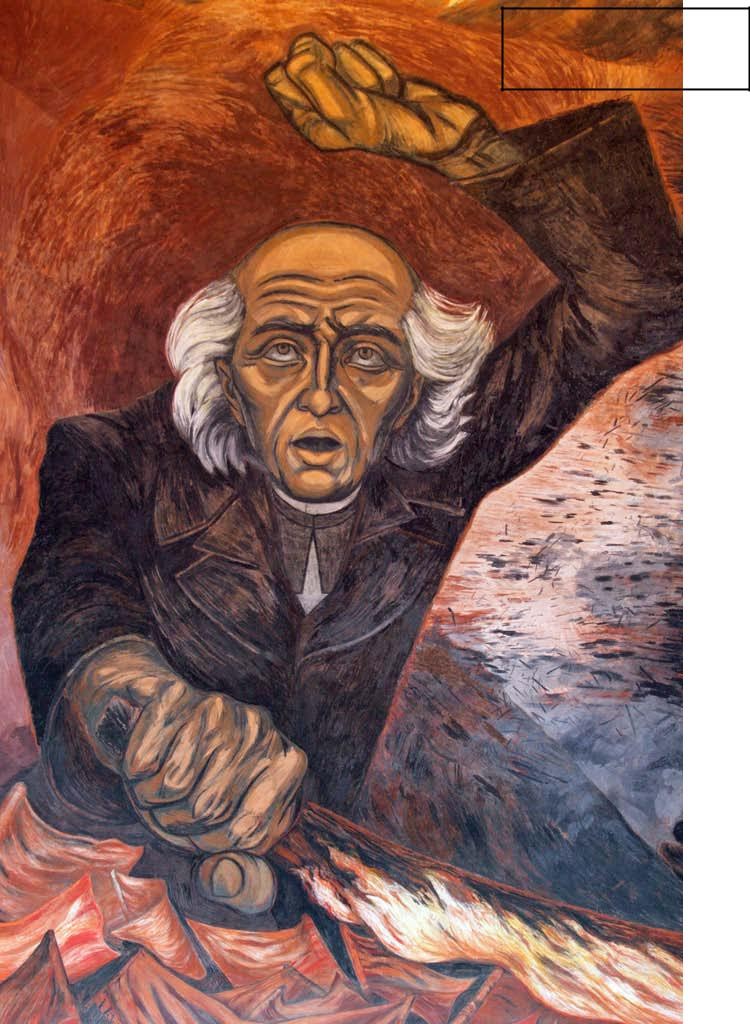

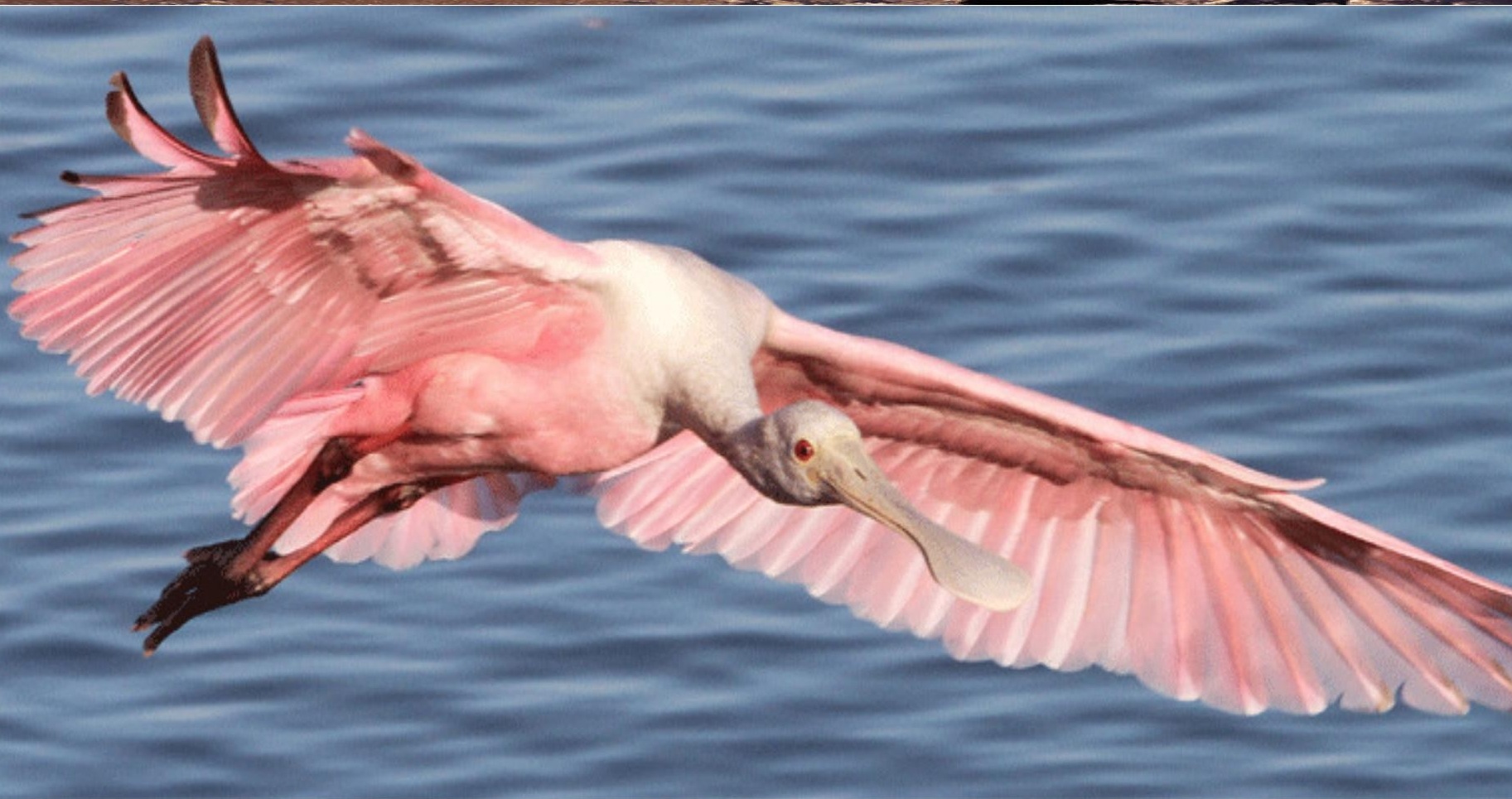
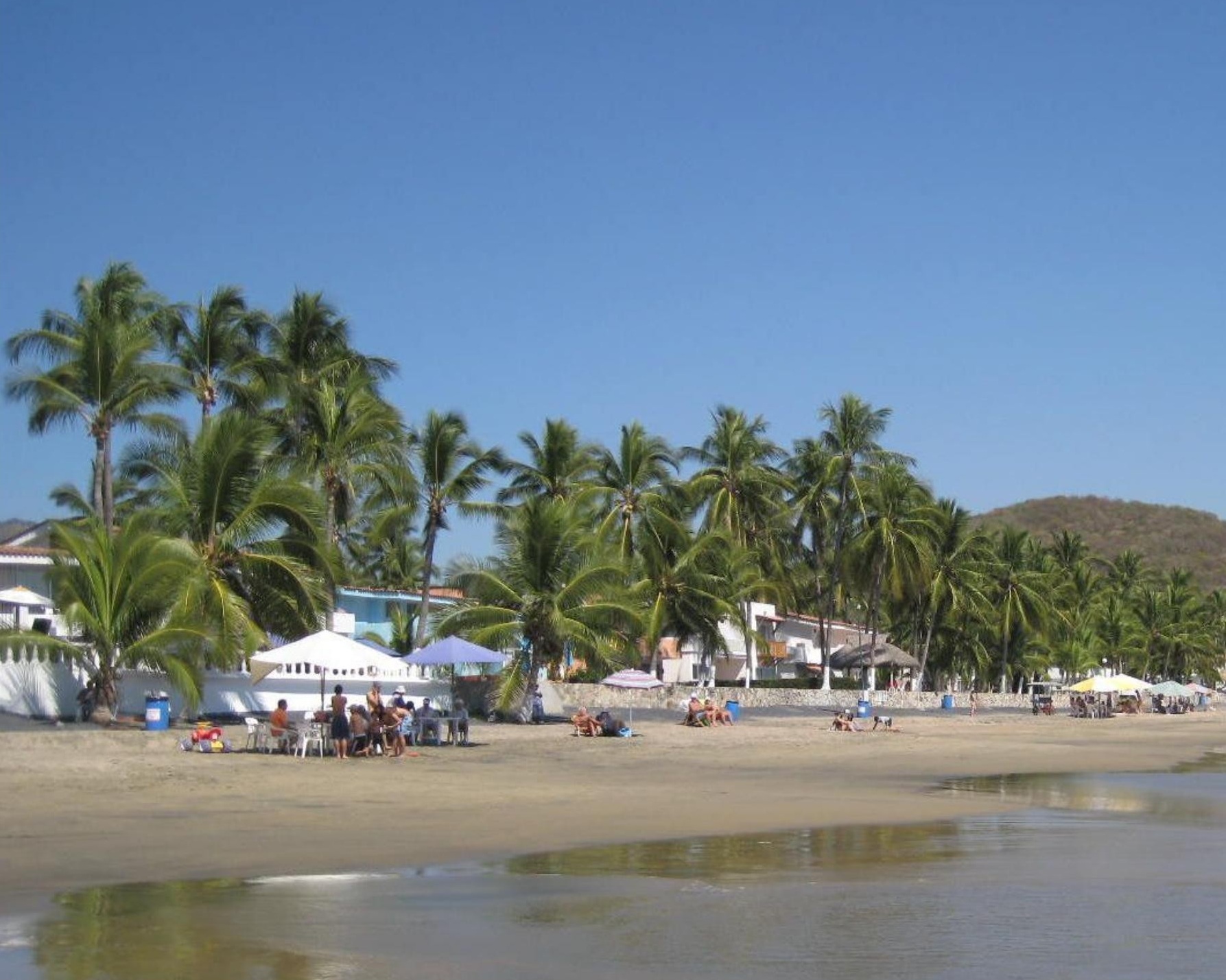

You must be logged in to post a comment.